One year after raising $16 million, construction technology company Buildots is back to claim another $30 million, this time in Series B funding.
Lightspeed Venture Partners led the round, with participation from previous investors TLV Partners, Future Energy Ventures, Tidhar Construction Group and Maor Investments. This gives the company $46 million in total funding, Roy Danon, co-founder and CEO of Buildots, told TechCrunch.
The three-year-old company, with headquarters in Tel Aviv and London, is leveraging artificial intelligence computer vision technology to address construction inefficiencies. Danon said though construction accounts for 13% of the world’s GDP and employs hundreds of millions of people, construction productivity continues to lag, only growing 1% in the past two decades.
Danon spent six months on construction sites talking to workers to understand what was happening and learned that control was one of the areas where efficiency was breaking down. While construction processes would seem similar to manufacturing processes, building to the design or specs didn’t happen often due to different rules and reliance on numerous entities to get their jobs done first, he said.
Buildots’ technology is addressing this gap using AI algorithms to automatically validate images captured by hardhat-mounted 360-degree cameras, detecting immediately any gaps between the original design, scheduling and what is actually happening on the construction site. Project managers can then make better decisions to speed up construction.
“It even finds events where contractors are installing out of place and streamline payments so that information is transparent and clear,” Danon said. “Buildots also creates a collaborative environment and trust by having a single source telling everyone what is going on. There is no more blaming or cutting corners because the system validates that and also makes construction a healthier industry to work in.”
Buildots went after new funding once it was able to show product market fit and was expanding into other countries. The platform is being utilized on major building projects in countries like the U.S., U.K., Germany, Switzerland, Scandinavia and China. To meet demand, Buildots will use the new funding to continue that expansion; double the size of its global team with a focus on sales, marketing and R&D; and grow on the business side. Danon’s aim is “to get to the point where we are the standard for every construction site.” The company is also looking at areas outside construction where its technology would be applicable.
Tal Morgenstern, partner at Lightspeed Venture Partners, said he keeps an eye on graduates of the Israel Defense Forces, where the three Buildots founders came from. However, in the case of this company, Lightspeed actually passed on both the seed and Series A.
Morgenstern admits the decision was a mistake, but at the time, he thought the technology Buildots was trying to build “first, impossible and second, I knew construction was difficult to sell into.” He felt that Buildots, with such a premium product, would have a challenge selling to a low-margin industry that was late to adopt technology in general.
By the time the Series B came round, he said Buildots had solved both of those issues, proving that it works, but also that customers were adopting the technology without much sales and marketing. In addition, other solutions in construction tech were still relying on lasers or people to manually input or tap photos.
“Buildots is seamlessly capturing images and providing a level of insights that is so high, and that is why the company is able to command the price structure they have and are receiving interesting commercial results,” Morgenstern said.
Walking around today’s construction site, Danon said the adoption of technology is enabling Buildots to move quickly to build processes for the industry.
As such, the company saw more than 50% growth quarter over quarter over the past year in three of the countries in which it operates. It is now working with four of the top 10 construction companies in Europe and around the world.
“We did a good job selling remotely, but now we need local offices,” Danon added. “We are also sitting on piles of data from construction sites. We learn from one project to another and want to look for the challenges where data will help make a financial impact. It’s a natural next step for the company.”
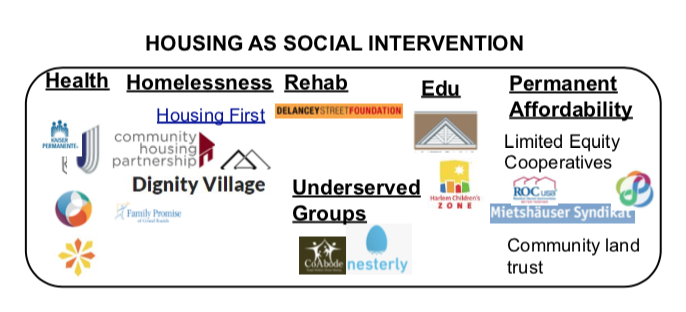
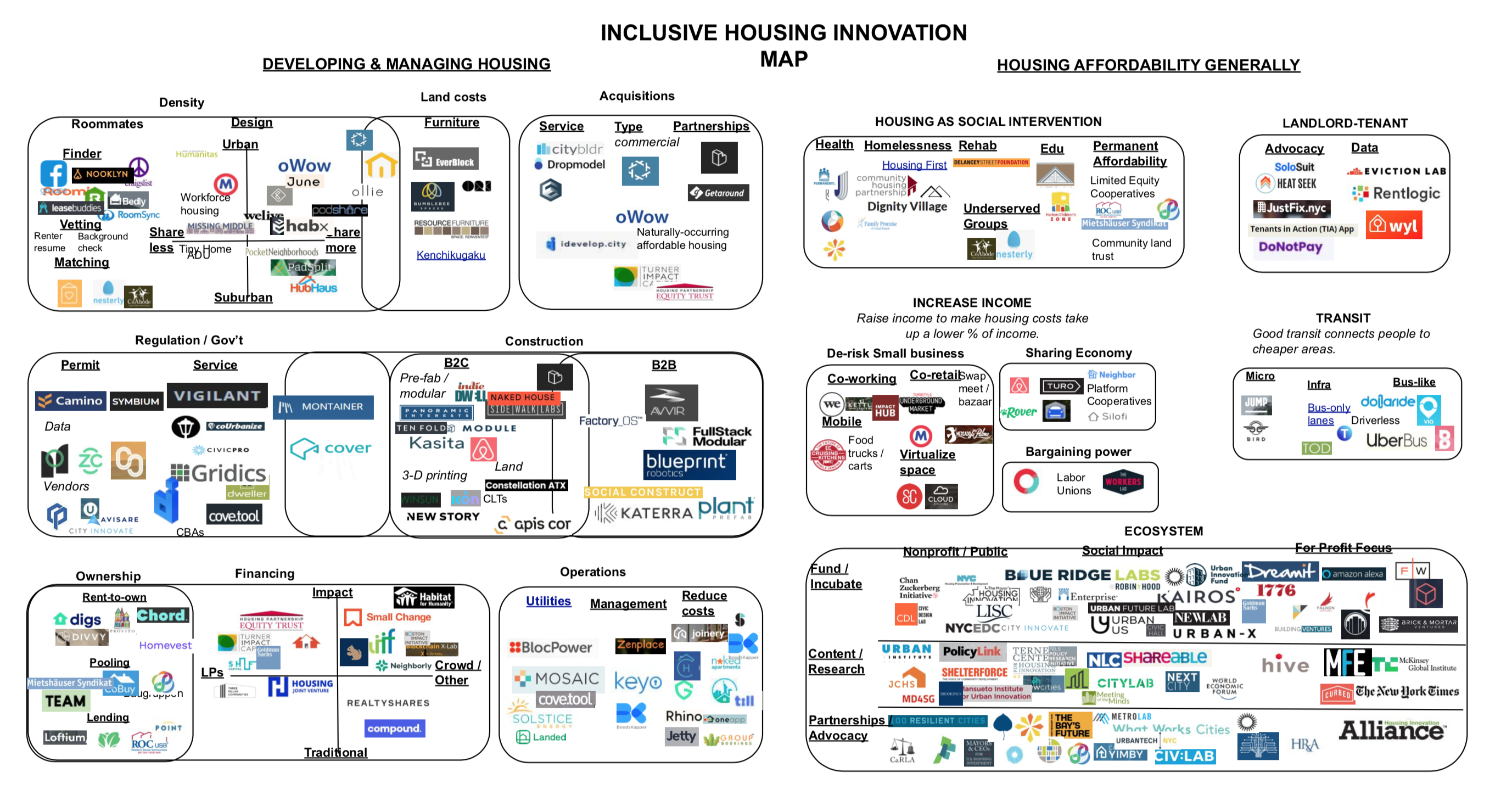

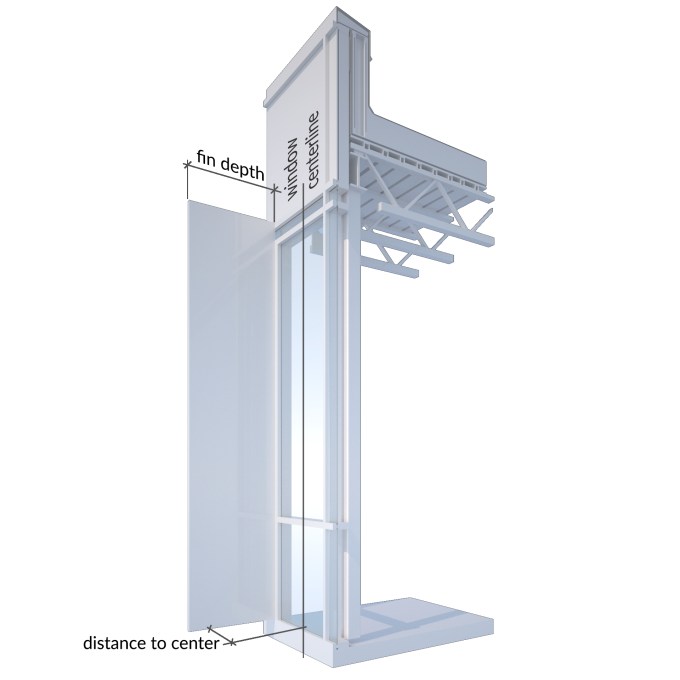
 Oracle will pay $1.2 billion in cash to buy construction software developer Aconex, the companies announced today. Based in Melbourne, Aconex’s cloud-based software allow teams working on building projects to collaborate and share documents. Oracle agreed to pay AUD $7.80 (about $5.97) per share in cash for a total of $1.2 billion. This price represents a 47% premium over…
Oracle will pay $1.2 billion in cash to buy construction software developer Aconex, the companies announced today. Based in Melbourne, Aconex’s cloud-based software allow teams working on building projects to collaborate and share documents. Oracle agreed to pay AUD $7.80 (about $5.97) per share in cash for a total of $1.2 billion. This price represents a 47% premium over… 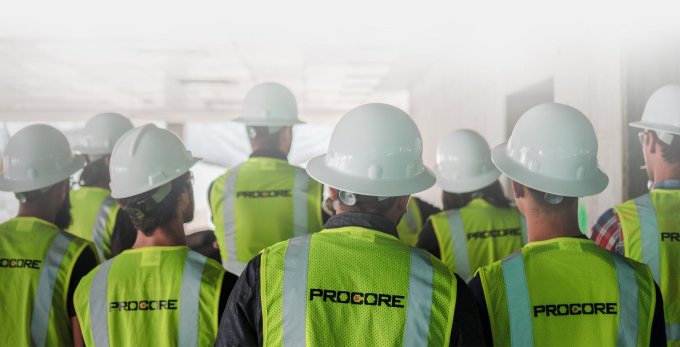 Construction – the actual process of putting brick on brick to build something – is still in the dark ages. While there is plenty of technology out there to help plan massive projects few people are thinking hard about what it takes to actually build. Luckily Bassem Hamdy is one the case. Hamdy works for Procore Technologies where he and his team build products to help…
Construction – the actual process of putting brick on brick to build something – is still in the dark ages. While there is plenty of technology out there to help plan massive projects few people are thinking hard about what it takes to actually build. Luckily Bassem Hamdy is one the case. Hamdy works for Procore Technologies where he and his team build products to help… 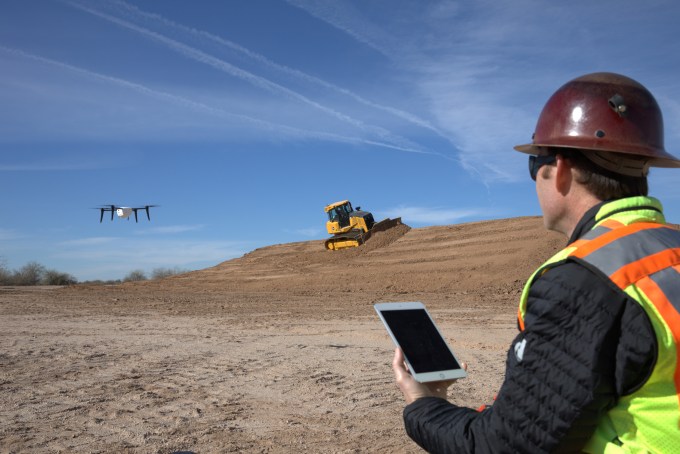 Heavy equipment makers Deere & Co., better known as John Deere, have forged a strategic alliance with drone-tech startup Kespry, the companies announced Tuesday in Las Vegas at CONEXPO, an international trade show for the construction industry. The deal could prove a boon for sales of Kespry’s drones and data analytics software. It could help John Deere tap into a new, high-tech means…
Heavy equipment makers Deere & Co., better known as John Deere, have forged a strategic alliance with drone-tech startup Kespry, the companies announced Tuesday in Las Vegas at CONEXPO, an international trade show for the construction industry. The deal could prove a boon for sales of Kespry’s drones and data analytics software. It could help John Deere tap into a new, high-tech means…  The venture arm of Caterpillar Inc., a major manufacturer of construction and mining equipment, has invested in San Francisco drone tech startup Airware. Rather than make its own unmanned aerial vehicles, Airware has focused its efforts around providing software and services that help large enterprises use drones throughout their operations. Airware’s cloud-based software helps…
The venture arm of Caterpillar Inc., a major manufacturer of construction and mining equipment, has invested in San Francisco drone tech startup Airware. Rather than make its own unmanned aerial vehicles, Airware has focused its efforts around providing software and services that help large enterprises use drones throughout their operations. Airware’s cloud-based software helps…  It hasn’t even been a year since EquipmentShare raised a Series A round of funding, but the “Airbnb of construction rentals,” has closed a $26 million Series B round. The Columbia, Missouri-based startup helps contractors rent out their under-utilized equipment, or rent safety tested equipment that they need from a fellow contractor. Last year, EquipmentShare also launched…
It hasn’t even been a year since EquipmentShare raised a Series A round of funding, but the “Airbnb of construction rentals,” has closed a $26 million Series B round. The Columbia, Missouri-based startup helps contractors rent out their under-utilized equipment, or rent safety tested equipment that they need from a fellow contractor. Last year, EquipmentShare also launched…  A San Diego startup called eSUB Construction Software has raised $5 million in a Series A round led by Revolution Ventures according to President and CEO Wendy Rogers. The company’s cloud-based project management apps help subcontractors track and get compensated for all the work they do on construction jobs. Rogers said, “There’s a saying that subcontractors get paid for…
A San Diego startup called eSUB Construction Software has raised $5 million in a Series A round led by Revolution Ventures according to President and CEO Wendy Rogers. The company’s cloud-based project management apps help subcontractors track and get compensated for all the work they do on construction jobs. Rogers said, “There’s a saying that subcontractors get paid for…